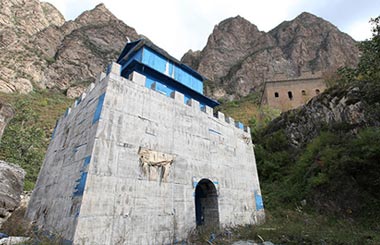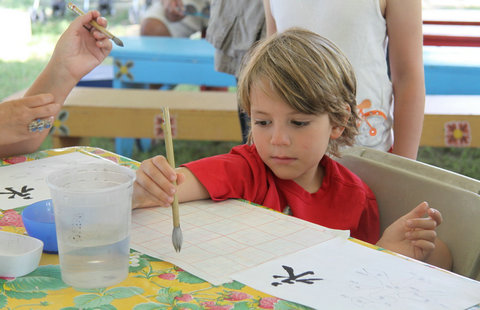Tuva group charms China with sounds of grasslands
By Zhang Kun ( China Daily ) Updated: 2015-10-19 07:27:15The band presented excerpts from a classical piece of Tuva that calls on clans there to stay united for the sake of their homeland.
Khoomei is also found in traditional Mongolian singing, and thanks to the popularity of world music, more people have become interested in such styles.
The public performances of khoomei have also significantly increased the world over in the past few years.
But being exotic isn't all that there is to the art form, says Bapa. To sing khoomei, one needs to "squeeze the vocal cord muscles", and in order to sing on a big stage or in front of a large audience, the singer is more likely to overuse the throat and get injured in the process.
To start practicing khoomei, one has to first "awaken" some vocal muscles that are usually dormant in regular speech or singing.
All band members play several instruments, including string and percussion. They are all traditional and handmade from pine wood and horse mane, among other materials. Bapa calls the indigenous instruments the predecessors of the violin and banjo.
Earlier this year, Huun Huur Tu signed up with Stallion Era, a music management company in Beijing.
"We hope to introduce to more audiences in China the beauty of world music," says Zeng Manqing, an executive of Stallion Era and the band's tour manager in China. "Their music is a precious gift of the times."
If you go
7:30 pm, Wednesday. The Orange, Taikoo Li Sanlitun, 19 Sanlitun Road, in the south block of Sanlitun Village, Chaoyang district, Beijing. 010-6507-1833.
8:45 pm, Oct 25. Mako Live House, inside of Hongdian Art Factory, East block, 36 Guangqu Road, Chaoyang district, Beijing. 010-5205-1112.
Related:
|
|
|
|
|
|
|
|

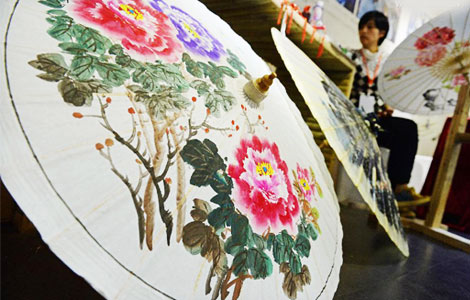




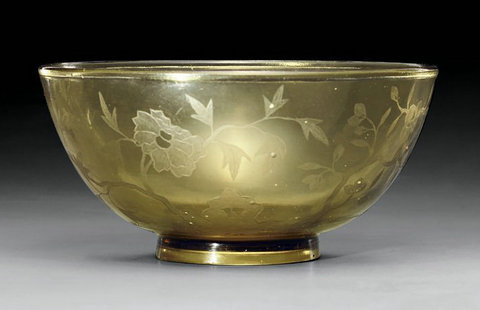









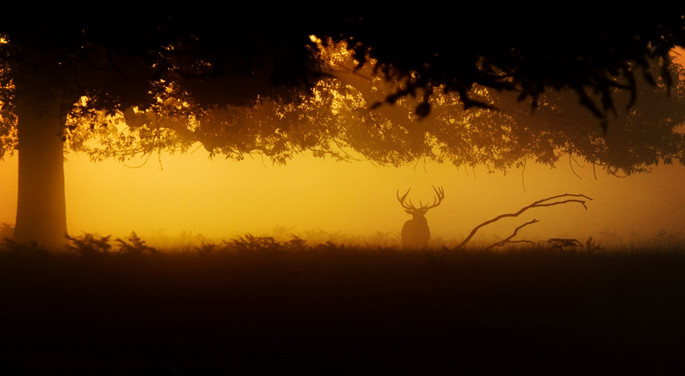



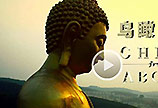
 Raymond Zhou:
Raymond Zhou: Pauline D Loh:
Pauline D Loh: Hot Pot
Hot Pot Eco China
Eco China China Dream
China Dream China Face
China Face



